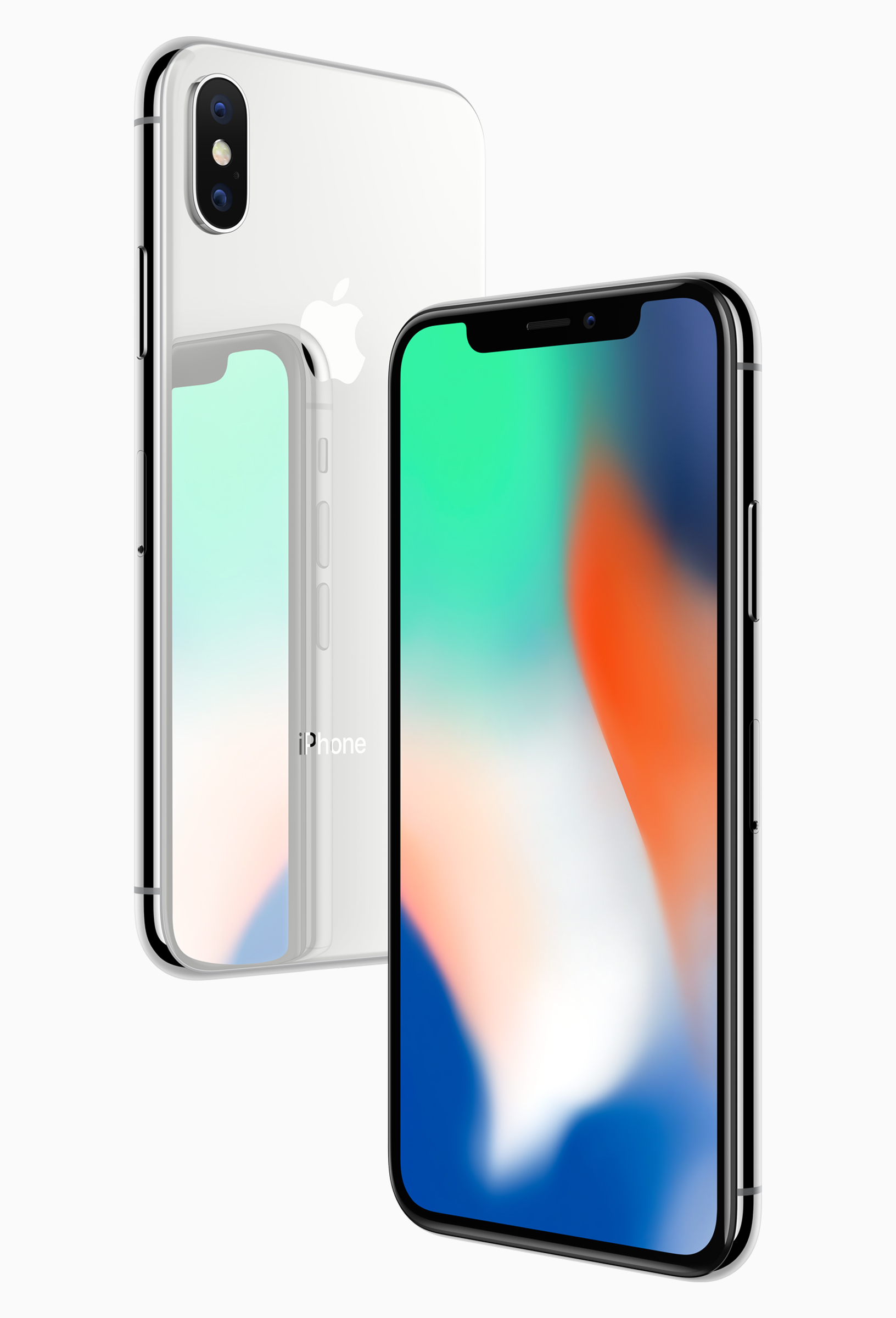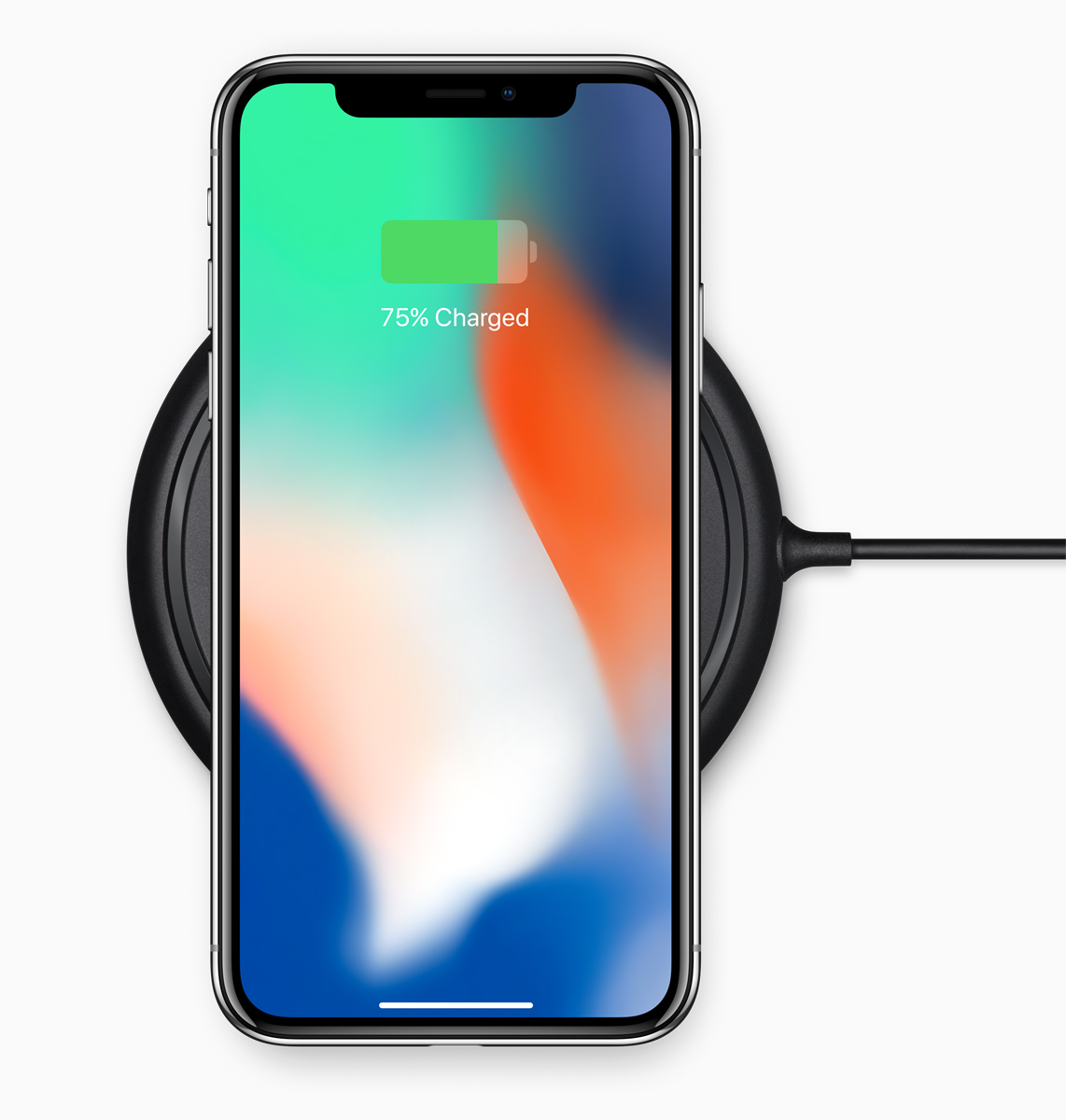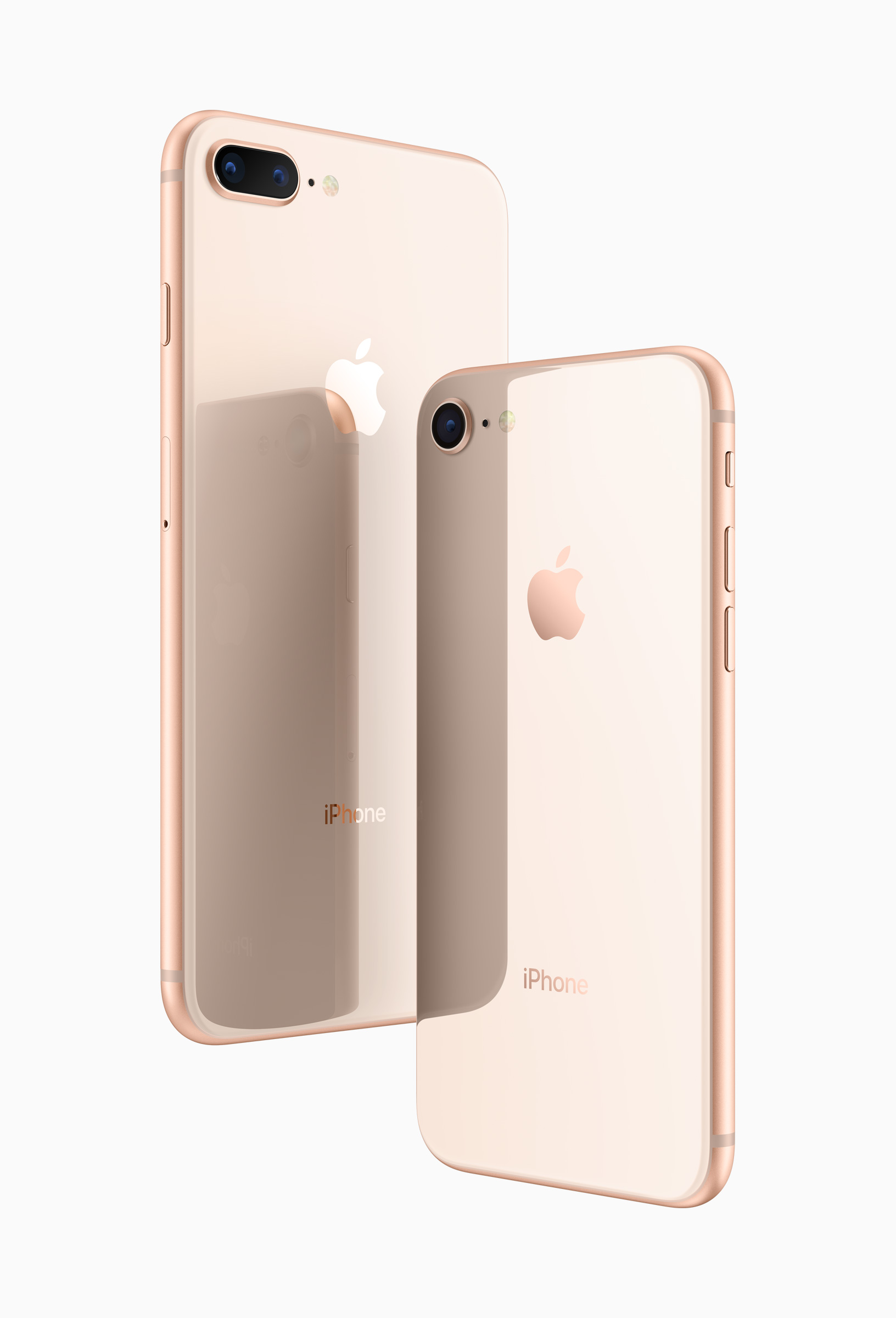iPhone X speculations mostly got it right

Image: Apple official website
Apple finally lifted the veil from their new devices on September 12, namely the iPhone X, iPhone 8 and iPhone 8 Plus.
In the months leading up to this announcement, numerous speculations were reported and it appears that a lot of these were spot on.
What previous reports got right
Earlier reports stated that there were three devices to expect, but the naming convention was still up in the air until much recently. More recent reports prior to Apple’s announcement suggested that the flagship device would be called iPhone X as a reference to the iPhone’s tenth anniversary, while the successors to the iPhone 7 line would be called the iPhone 8.
Speculations regarding the iPhone X’s full face display design turned out to be correct. Previous reports cited information leaks from Foxconn insiders, appropriated CAD designs, and even data mined from a non-release version of the iOS 11.
Gone is the home button, replaced by iOS 11 gestures to let the 5.8-inch retina display have all of the front face. The glass back, which was earlier reported for the then assumed iPhone 7s, turns out to be a shared feature between the iPhone X and the iPhone 8.
Wireless charging for the iPhone X was also speculated and it turns out to be right on the money.

Image: Apple official website
A facial recognition security system was discovered in the unreleased version of iOS 11 which turned out to be true, in the form of a new artificial intelligence-powered Face ID feature.
A new AI-dedicated chip in the iPhone X allows machine learning tasks to be done on the device and this also helps in recognizing the owner’s facial features. Being AI-powered adds protection from spoofing the biometric system with photos or masks.
Speaking of chips, information dug up from the iOS 11 Golden Master (GM) build, leaked a day before Apple’s big event suggested a 6-core A11 processor. Two of the cores were said to be high-powered while the remaining four were for efficiency. This turned out to be accurate. The A11 Bionic central processing unit of the iPhone X has all six cores, and then some.
Integrated within the A11 is a dual-core chip called the A11 Bionic neural engine which powers all AI-related tasks. Other than Face ID, it’s also used in part by the new camera system, the Animoji feature, augmented reality and gaming.
As for gaming, it gets a three-core chip of its own which is also integrated into the A11 Bionic. It’s said to be 30 percent more powerful than previous graphics chips by Apple.
In total, the A11 Bionic processor has eleven cores inside, each designed to handle a different task that should allow for a smooth user experience.
With a starting price tag of $999 (roughly P50,800), fluid performance can be expected from this new high-end iPhone. The 64 gigabyte and 256 gigabyte models will be available on the market.
Cameras
The Face ID facial recognition feature relies on the front facing 7-megapixel TrueDepth front camera. This front cam comes with wide color capture, auto image stabilization and precise exposure control.

Image: Apple official website
When using Face ID, 30,000 invisible IR dots are projected to form a pattern which will be initially captured then sent to a neural network to create a mathematical model of the user’s face. This information is sent to a secure database and then back to the device so that future verifications can be done by the onboard AI. Allowing the computations to be done locally also helps protect the user’s privacy.
In the back is a dual 12-megapixel camera system which has a wide-angle and a telephoto lens to create HDR photos. This is then coupled with a quad LED True Tone Flash to provide illumination. The Slow Sync feature in this flash allows users to get more even lighting in their photos.
Furthermore, the Face ID system learns about the user’s face and adjusts accordingly. Even when wearing heavy makeup, the system should recognize the user’s basic facial structure.
Not included and new feature
There were some speculations regarding a rear fingerprint sensor, but it appears Apple has done away with it.
Little social feature was added in the form of Animoji. Using the A11 processor and TrueDepth front camera, users can create animated emojis that mirror their own facial expressions.

Image: Apple official website
The iPhone 8 and iPhone 8 Plus
While the iPhone X stands as Apple’s new flagship device, the iPhone 8 and iPhone 8 Plus can be seen as the true successors to the iPhone 7 series. They retain a similar design philosophy to the iPhone 7 while sporting some of the internal features found on the iPhone X such as the A11 Bionic processor, cameras, wireless charging and retina display.

Image: Apple official website
The iPhone 8 will start with a price tag of $699 (over P35,000) with 64 gigabyte and 256 gigabyte variants. JB
RELATED STORIES:
Apple unveils $999 iPhone X with facial recognition
‘iPhone X’ may carry powerful six-core A11 processor
LOOK: iPhone 7s dummy unit photos leaked, shows glass back
RELATED VIDEO